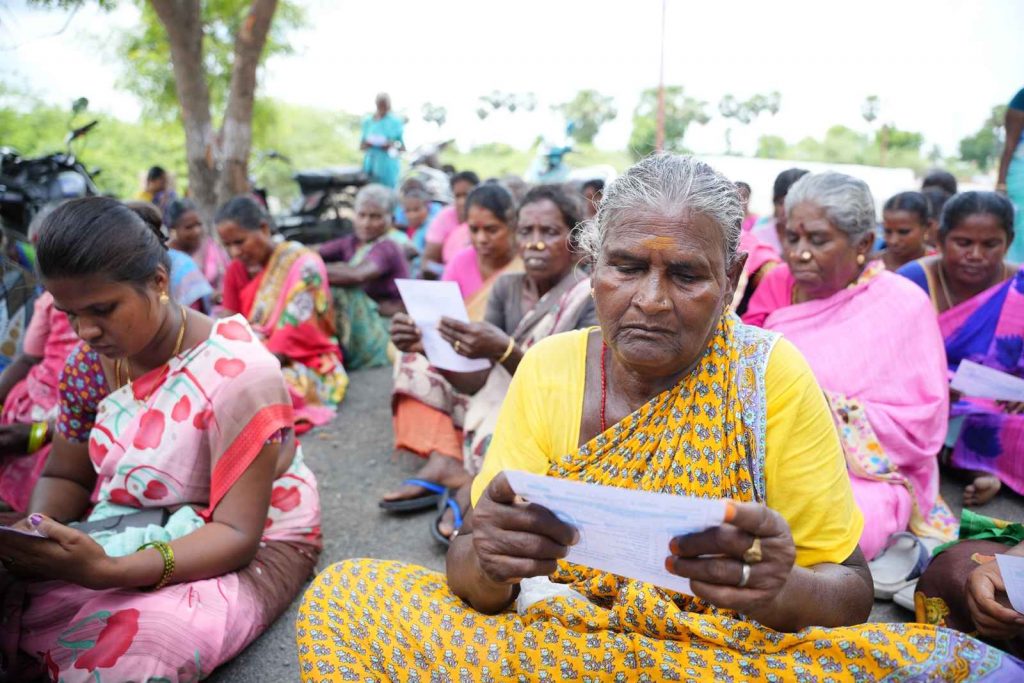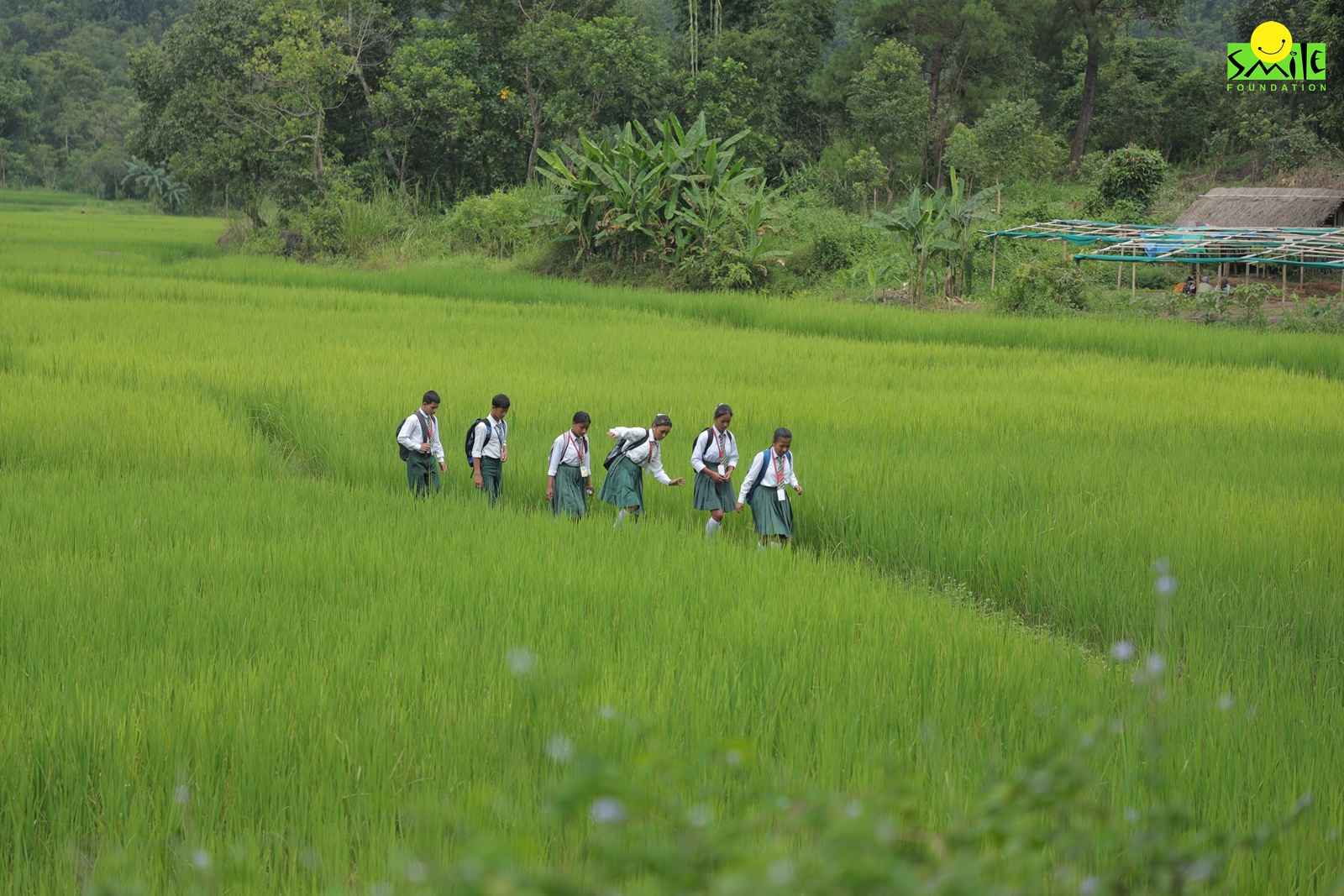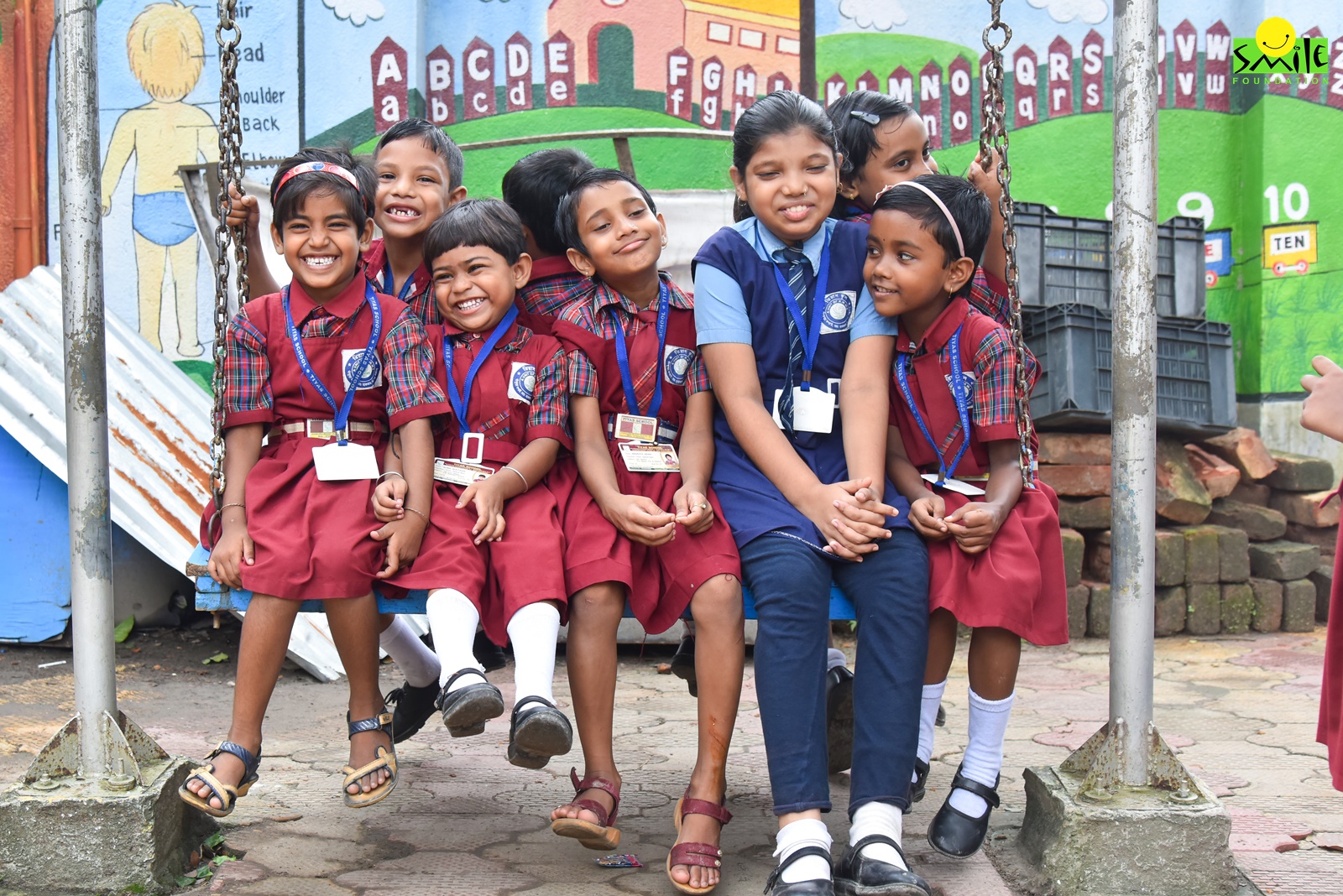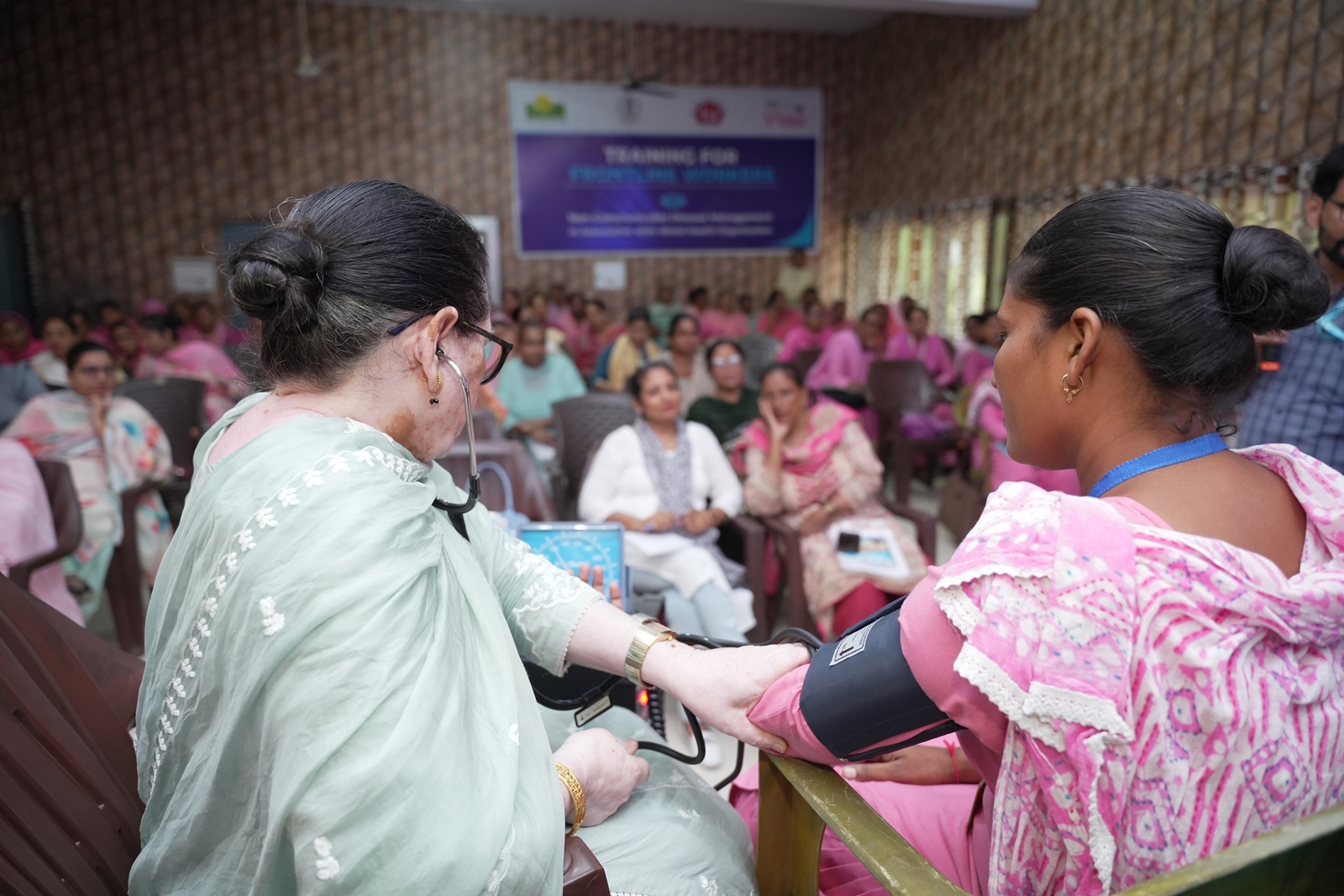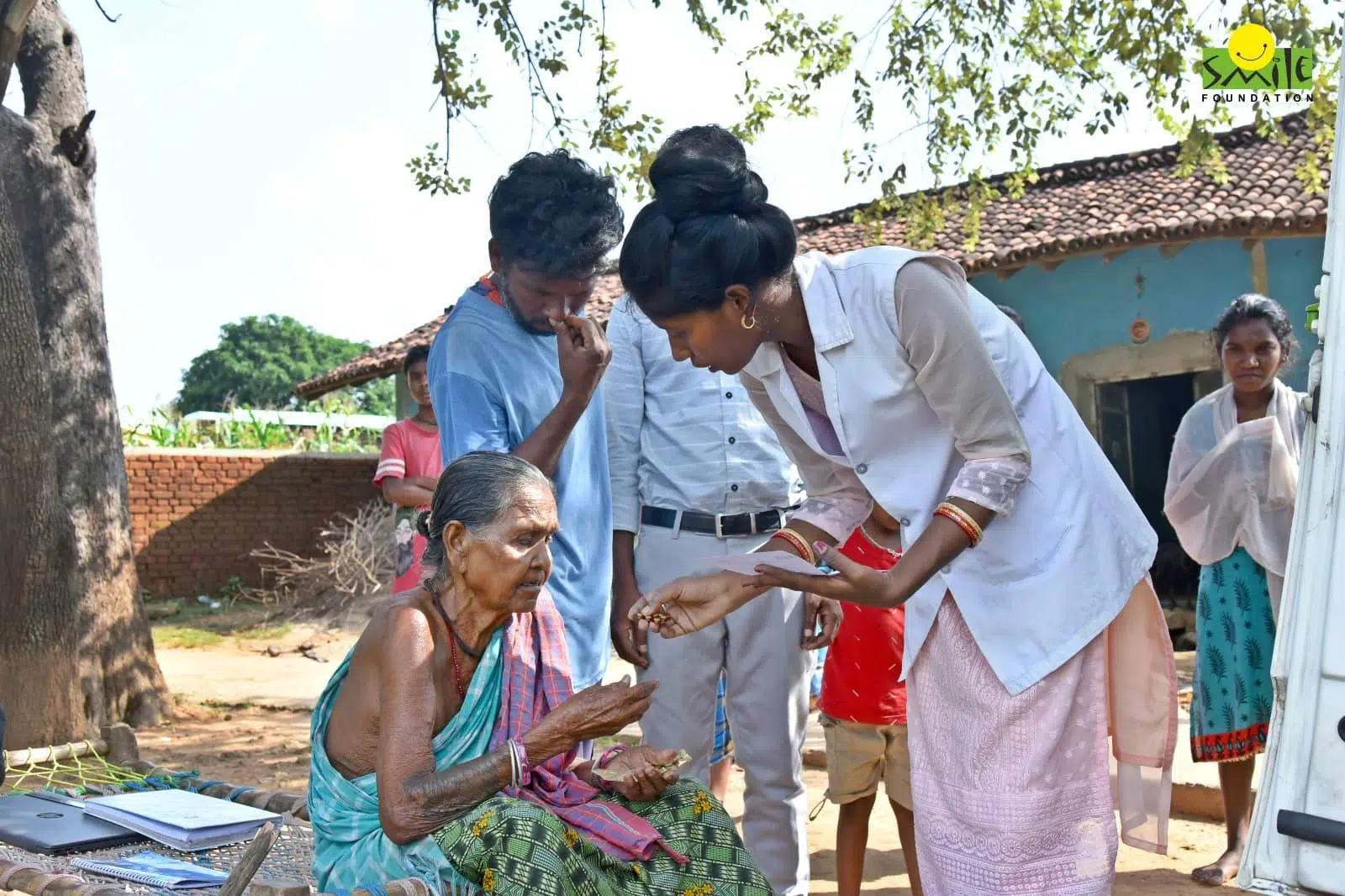A political study conducted by the Pew Research Center calls India a largely conservative country. In a conservative society, women’s empowerment always takes a back seat, and their roles are confined just to household chores and caregiving. Despite that, it might be surprising to see women donning numerous hats in the country. That is indeed the beauty of women. They vigorously fight for their dreams and beliefs. The fight against patriarchy has not just helped the women themselves but the country at large. They have contributed significantly to the development of the country in numerous ways, both in the past and the present. Indira Gandhi, Kalpana Chawla, Anandi Gopal Joshi, J Jayalalithaa, and Nandini Satpathy are to name a few, and the list goes on endlessly.
Understanding the role of women in development in India
The last decade has witnessed a sharp increase in women’s participation in the workforce and women starting their own businesses even in those domains that were considered to be men’s strongholds. Women workforce participation has significantly increased to 37% in 2022-23 from 23.3% in 2017-18, according to statistics. There is no denying that the role of women in development is multi-faceted and has been crucial to the country’s progress. An estimation done by McKinsey Global Institute reveals that India could add up to 770 billion USD to its GDP by 2025 by advancing women’s participation in the economy.
In rural India, women have been significantly contributing to agriculture. Self-help groups (SHGs) have been formed to provide financial support to women and help them invest in small-scale businesses. This in turn has been increasing their income and improving their local economy. Not just that, these women have been constantly upskilling themselves to improve agricultural productivity. This in turn has been contributing to greater food security and economic stability.
Women have become more involved in politics, with a growing number holding positions in local governance, state legislatures, and even at the national level. The 73rd and 74th Amendments to the Indian Constitution, which reserved one-third of the seats in local government bodies for women, have been a significant step toward political empowerment. Taking the lead in their hands, they have been fighting against contemporary issues like child marriage, domestic violence, and equal rights. Notable women leaders such as Mayawati and Mamata Banerjee have held significant political offices, contributing to national policies and reforms.
Not just that, women have also been increasingly challenging traditional gender roles, particularly in urban areas. The rise of female professionals in fields like engineering, medicine, law, and media has begun to shift societal expectations about women’s capabilities.
Some of the notable women personalities who contributed significantly to the development of the country are listed below.
- Kiran Mazumdar-Shaw: The founder and chairperson of Biocon, a biopharmaceutical company. Under her leadership, the company bounced up to become a global player, providing affordable healthcare solutions. Her role is vital in shaping India’s biotechnology industry.
- Arundhati Roy: An award-winning author and activist. She won the Booker Prize for her novel ‘The God of Small Things.’. Her contribution to literature is magnificent. In addition, Roy has been an outspoken activist, addressing issues like human rights, environmental justice, and anti-globalization.
- Nirmala Sitharaman: A politician and current finance minister. She is the first woman to hold a full-time finance ministry under her wings. Under her leadership, the country has witnessed significant reforms in tax structures like GST and other financial inclusions.
- Dr. Soumya Swaminathan: Former chief scientist at the World Health Organization (WHO). She has made significant contributions to the global fight against tuberculosis, HIV/AIDS, and other infectious diseases. She is a strong advocate for women’s health.
- Madhabi Puri Buch: Chairperson of the Securities and Exchange Board of India (SEBI). She is the first woman to hold that post. Under her leadership, India’s financial markets have been better shaped. She plays a vital role in improving investor protection and fostering transparency in the securities market. It in turn has been instrumental in advancing India’s economic development.
Challenges faced by women
Despite the advancement, household chores, raising children, and elder care still remain with women. This in turn impacts their participation in the workforce. Women contribute to 48% of India’s population, and their contribution to national Gross Domestic Product (GDP) is just 18%. Despite the growing signs, it is less than the global average of 37%. One of the main reasons behind it is the gender norms dictated by Indian culture. Let’s discuss some of the key challenges faced by women in the country.
- Poverty coupled with gender inequality: Experts call it a deadly combination that kills aspiring women in the country. As per a simulation by the United Nations, a 2% average annual increase in income inequality in developing countries between 2022 and 2030 could increase global poverty by 200 million people. When a girl grows up in such an environment, she could think of nothing but completing her household chores and taking care of her family members. She will not be allowed to think of stepping out of her house to educational institutions.
- Gender Bias and Social Norms: Societal expectations in the country often dictate that women focus on family and household responsibilities. This means that women entrepreneurs must navigate cultural and societal barriers, including family resistance, which can limit their time and resources to focus on growing their businesses. In certain areas, women entrepreneurs are still reluctant to operate businesses that involve public interactions, travel, or mixing with men, thus limiting the types of businesses they can engage in.
- Limited Access to Mentorship and Networks: Many women entrepreneurs lack access to business networks and mentorship opportunities, which are crucial for scaling and innovating their businesses. Male-dominated business environments and limited opportunities to network with peers and investors mean that many women miss out on vital support systems. This in turn limits their ability to expand, diversify, and connect with investors, customers, and other entrepreneurs.
Women workforce participation remains paltry. It calls for a change in policies and schemes to empower women.
Indian government’s efforts to empower women
The union government has been taking numerous steps to bridge the existing gender gap in the country by interlinking women’s empowerment with the country’s development. ‘Nari Shakti’ was one such project launched by the government. Under the project, they have been adopting a comprehensive approach to address women’s requirements throughout their lives. As a result, welfare programmes have been implemented to support women at various stages. This in turn is aimed at enabling them to overcome their socio-economic barriers and be empowered. Some of the notable women-empowerment schemes are
- Beti Bachao, Beti Padhao—the scheme is aimed at combating gender discrimination and promoting the value of girl children. It advocates against sex selection at birth and encourages women’s education. Over the years, the sex ratio at birth has increased from 918 in 2014-15 to 937 in 2020-21. Further, enrollment of girls in secondary education has increased from 75.51% in 2014-15 to 79.46% in 2020-21.
- Financial empowerment—Realizing the importance of economic freedom for real empowerment of women, the government has taken steps to promote financial inclusion among women through schemes like Pradhan Mantri Mudra Yojana (PMMY) and Stand-up India schemes. While the former provides financial assistance to non-corporate, non-farm micro and small enterprises, the latter focuses on providing support to women and members of backward communities for establishing greenfield enterprises. In addition, the Mahila Samman savings certificate was introduced in 2023-24. This is a small savings scheme for women investors.
- Safety and security – To enhance the safety and empowerment of women along with their participation in the workforce, the government has launched Mission Shakti. The scheme addresses gender discrimination and bias. It also offers skill development, capacity building, financial literacy training, and access to microcredit. A toll-free women’s helpline number was launched to provide support to women in crisis. A one-stop centre including police, medical, and legal aid, is provided to women.
The government’s efforts have yielded visible results over a period of time, as per a statement released by the Press Information Bureau (PIB) in March, 2024. Some of them are listed below.
- About 43% of STEM graduates in India are women, and it is the highest in the world.
- 33% reservation for women in Lok Sabha, state legislative assemblies, and Delhi assembly has been passed by Nari Shakti Adhiniyam.
- Paid maternity leave has been extended to 26 weeks.
- The national sex ratio has been improved to 1020, i.e., 1020 women for every 1000 men, for the first time.
- Sharp decline in Maternal Mortality Rate (MMR) from 130 lakh live births in 2014-16 to 97 lakh live births in 2018-20.
- 69% of loans have been approved for women entrepreneurs under the Pradhan Mantri Mudra Yojana (PMMY).
- About 84% of the beneficiaries under the Stand-Up India scheme are women.
- Permanent commission granted to women officers in 12 arms and services.
- The entry of women as Agniveers commenced in all three services.
- About 72%, i.e., 2.5 crore women own under PM Awas Yojana Gramin.
The contribution of Indian women to the development of the country is immeasurable. Though we witness women break the barriers and step up the growth ladder, many others are struggling to find time and aspiration to come out of their traditional roles. It is high time interventions are brought in to empower those women.
One of our flagship programs, Swabhiman capacitates women through innovative community practices, empowering them to seek healthcare and bring sustainable changes in their communities. The program supports women to become aware, skilled, and financially independent, thereby promoting gender equality and improving their quality of life.
Through these efforts, Smile Foundation contributes significantly to the development of women, enabling them to lead healthier, more empowered lives and fostering sustainable development within their communities.



